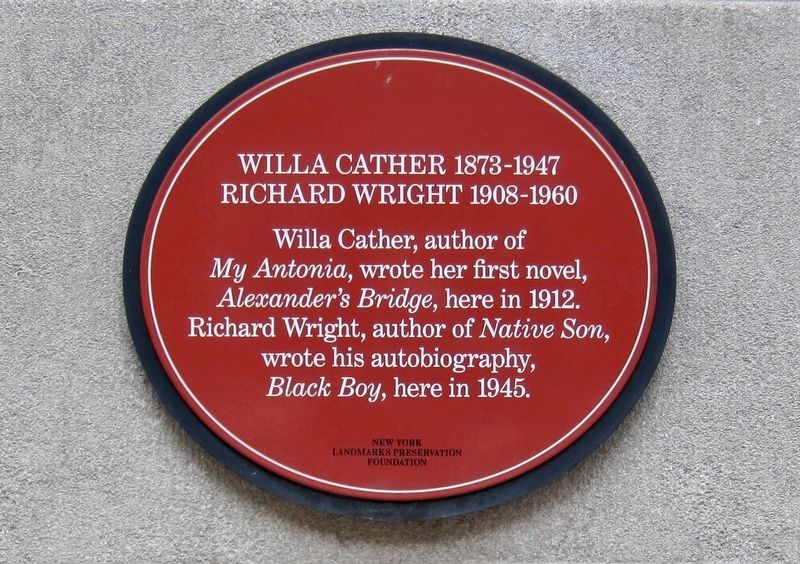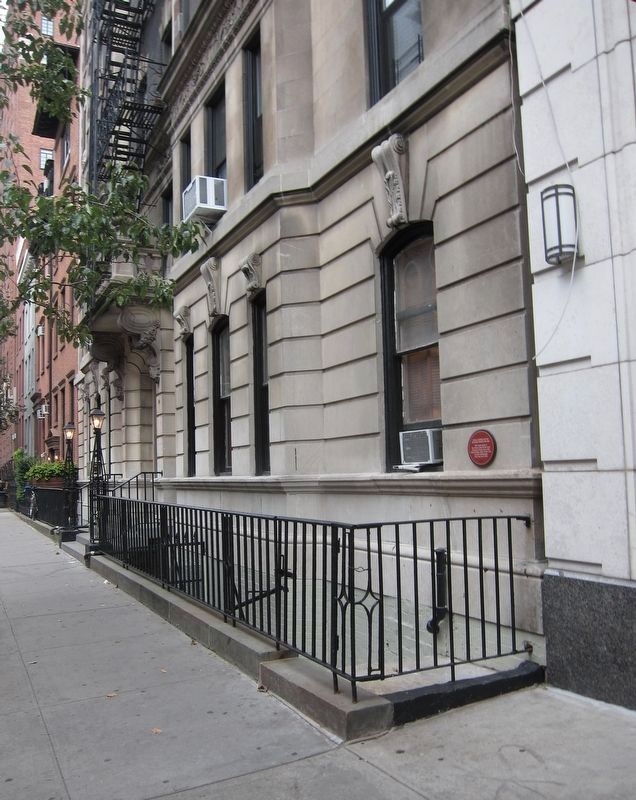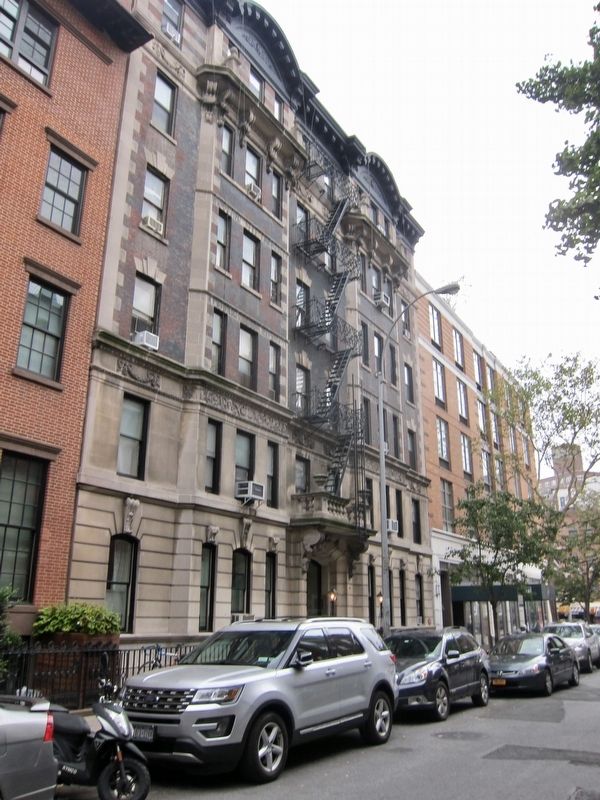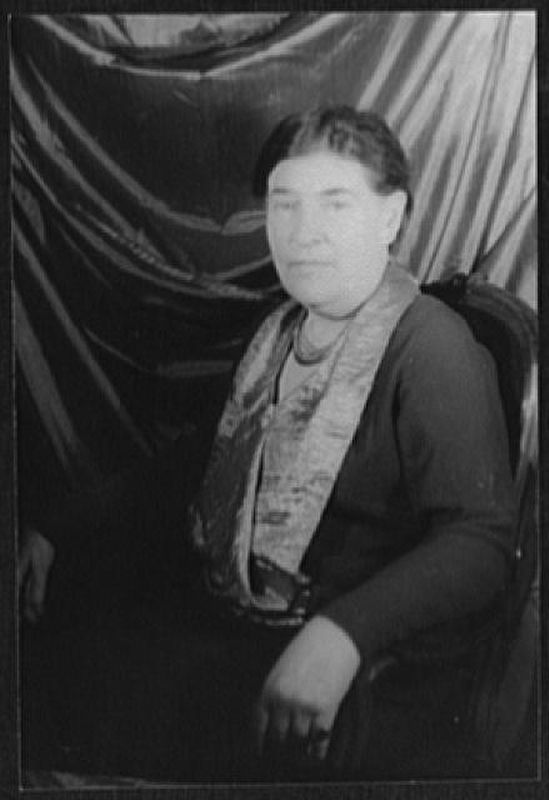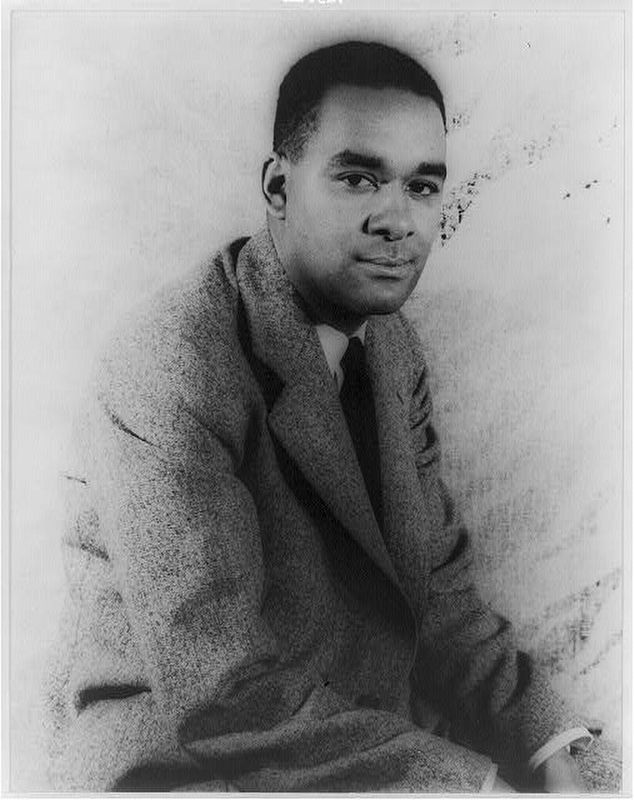Greenwich Village in Manhattan in New York County, New York — The American Northeast (Mid-Atlantic)
Willa Cather and Richard Wright
Richard Wright 1908-1960
Willa Cather, author of
My Antonia, wrote her first novel,
Alexander's Bridge, here in 1912.
Richard Wright, author of Native Son,
wrote his autobiography,
Black Boy, here in 1945.
Erected by New York Landmarks Preservation Foundation.
Topics and series. This historical marker is listed in these topic lists: African Americans • Arts, Letters, Music • Women. In addition, it is included in the New York, New York City Historic Landmarks Preservation Center Cultural Medallions series list.
Location. 40° 43.923′ N, 74° 0.01′ W. Marker is in Manhattan, New York, in New York County. It is in Greenwich Village. Marker is on Washington Place east of 6th Avenue, on the right when traveling east. Touch for map. Marker is at or near this postal address: 82 Washington Place, New York NY 10011, United States of America. Touch for directions.
Other nearby markers. At least 8 other markers are within walking distance of this marker. 80 Washington Place (a few steps from this marker); St. Joseph’s Church (within shouting distance of this marker); The Golden Swan (about 300 feet away, measured in a direct line); Lorraine Vivian Hansberry (about 300 feet away); Eleanor Roosevelt (about 300 feet away); Edwin Arlington Robinson (about 500 feet away); Café Society (about 600 feet away); No. 22 Washington Square North (about 600 feet away). Touch for a list and map of all markers in Manhattan.
Also see . . .
1. Looking for Literary America: Episode 3-- Willa Cather (YouTube, 7 min.). Willa Cather is most famous for her Prairie novels, including the beautiful My Antonia. (Submitted on July 29, 2017.)
2. Willa Cather in New York: The Greenwich Village Years (WCA). "Beginning in 1906 when Cather became an editor of McClure's Magazine and worked with Edith Lewis, a staff proofreader who would become her lifelong companion, Cather lived at four different residences in Greenwich Village. Her first address was at 60 Washington Square South, across the park from the fashionable and elegant residences of Washington Square North. Like one of her own characters in "Coming, Aphrodite!," Cather belonged to that legion of "young people who came to New York to 'write' or to 'paint' – who proposed to live by the sweat of the brow rather than of the hand, and
who desired artistic surroundings," but at affordable rents. In 1909, Cather and Lewis rented an apartment at 82 Washington Place, the only remaining residence in its original state. A plaque marks this six-story apartment house commemorating Cather and Richard Wright who lived there in the 1940s." (Submitted on July 29, 2017.)
3. Richard Wright - Black Boy (YouTube, 5 min.). A biography of Richard Wright, author of Black Boy and Native Son, from his impoverished childhood, involvement in left-wing politics and literary relationships, to his exile and death in Paris. (Submitted on July 29, 2017.)
4. Richard Wright (author) (Wikipedia). Richard Nathaniel Wright (September 4, 1908 – November 28, 1960) was an American author of sometimes controversial novels, short stories, poems, and non-fiction. Much of his literature concerns racial themes, especially related to the plight of African Americans during the late 19th to mid-20th centuries, who suffered discrimination and violence in the South and the North. Literary critics believe his work helped change race relations in the United States in the mid-20th century. (Submitted on July 29, 2017.)
Credits. This page was last revised on January 31, 2023. It was originally submitted on July 29, 2017, by Andrew Ruppenstein of Lamorinda, California. This page has been viewed 334 times since then and 21 times this year. Photos: 1, 2, 3, 4, 5. submitted on July 29, 2017, by Andrew Ruppenstein of Lamorinda, California.
